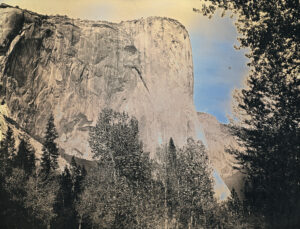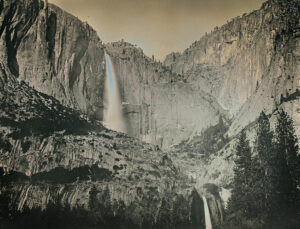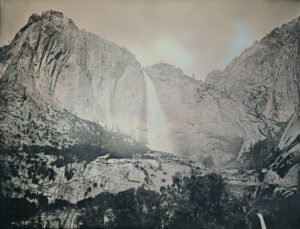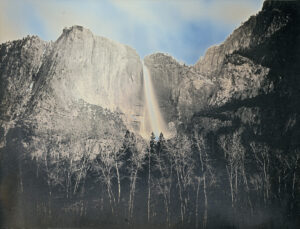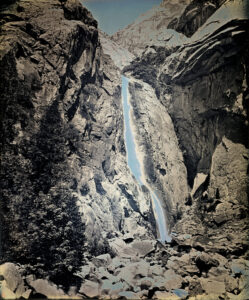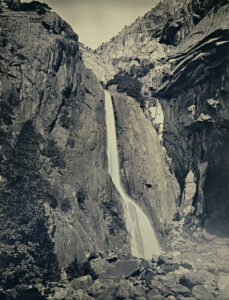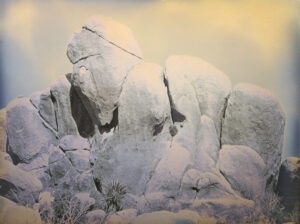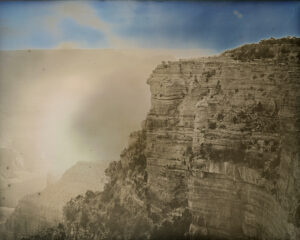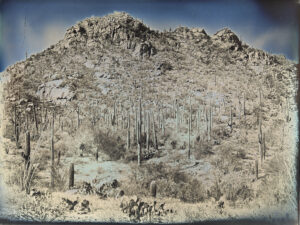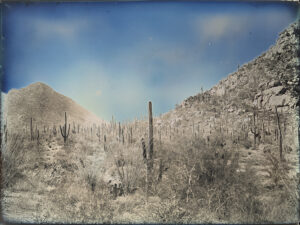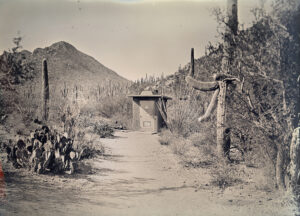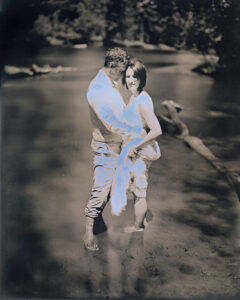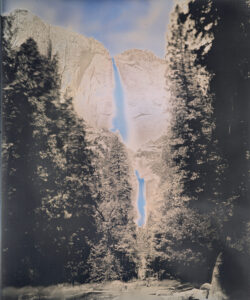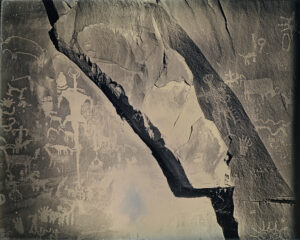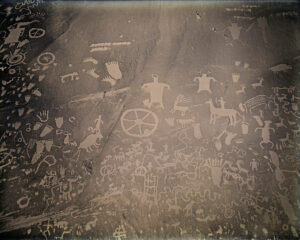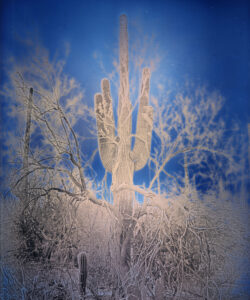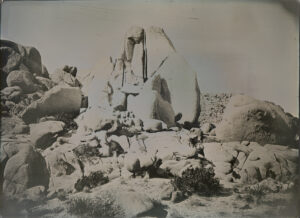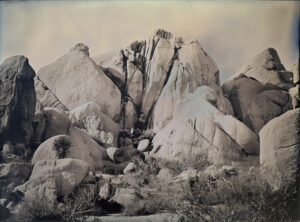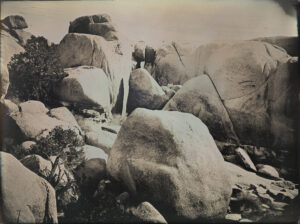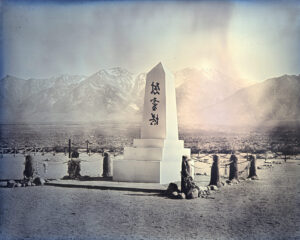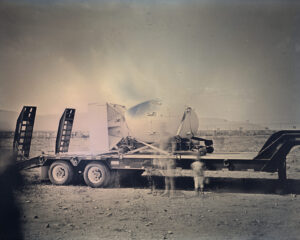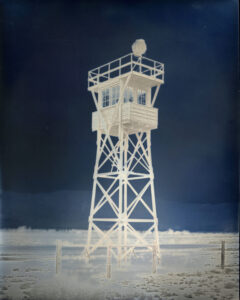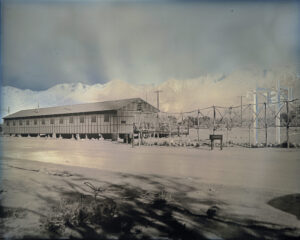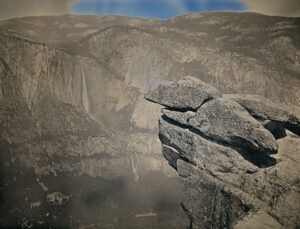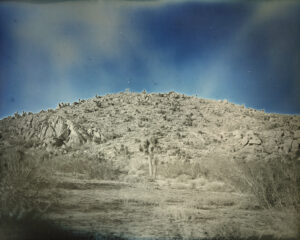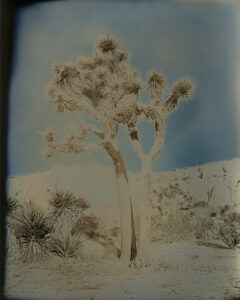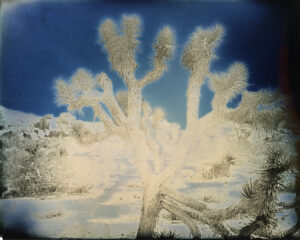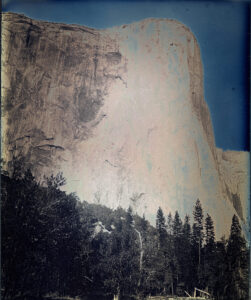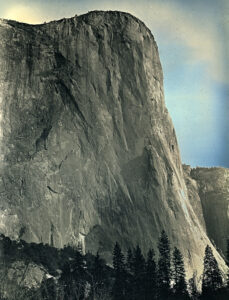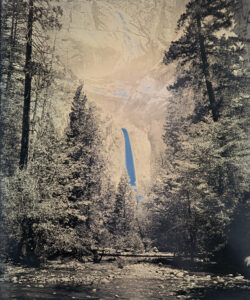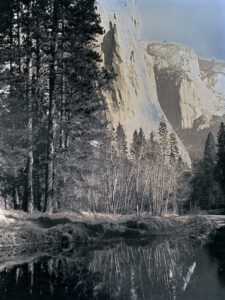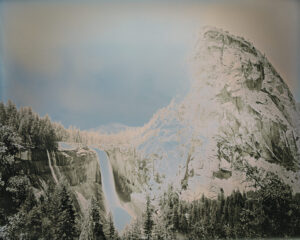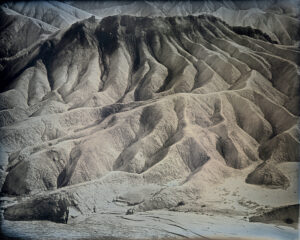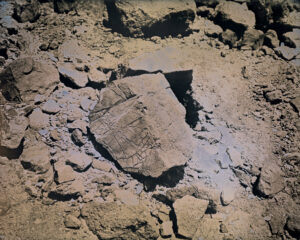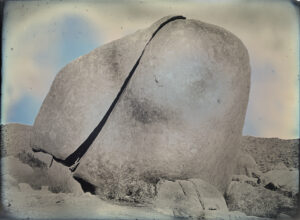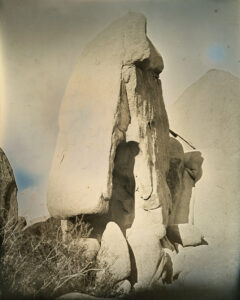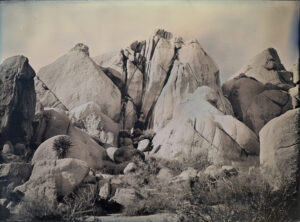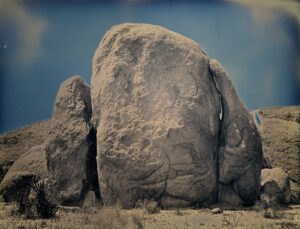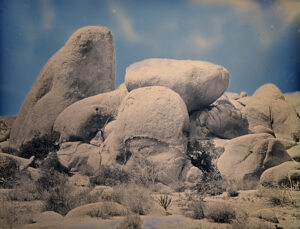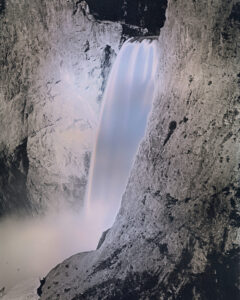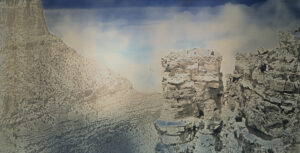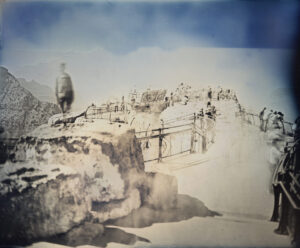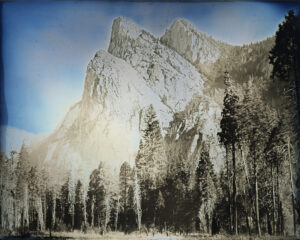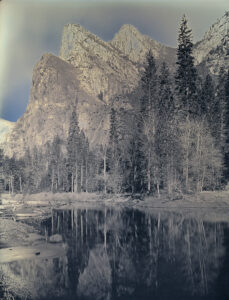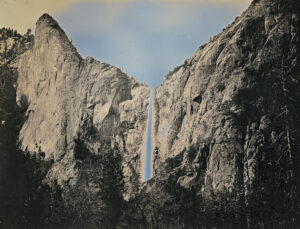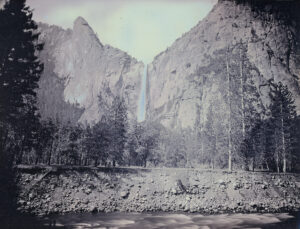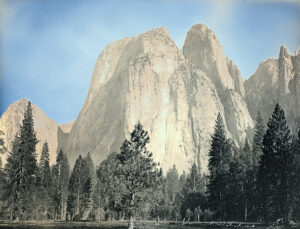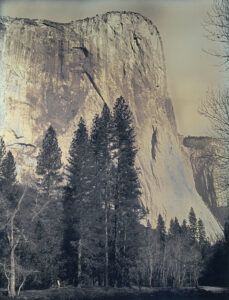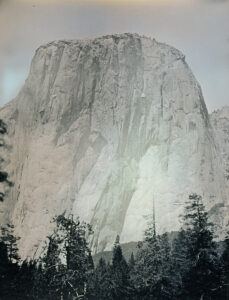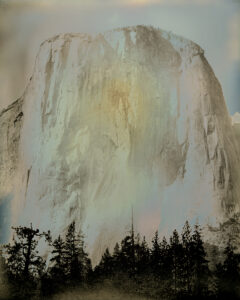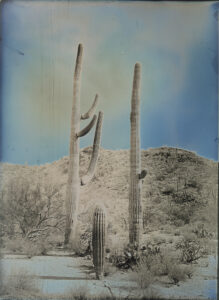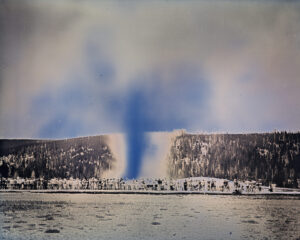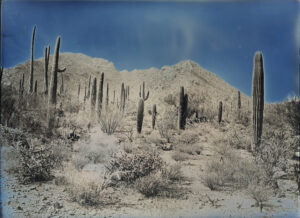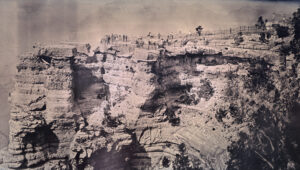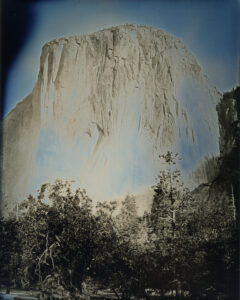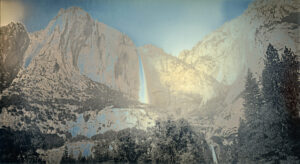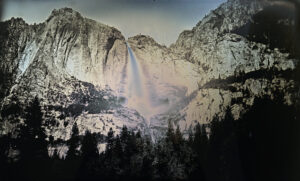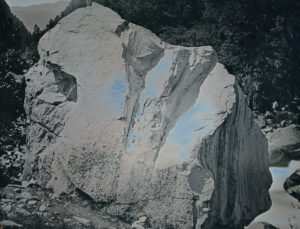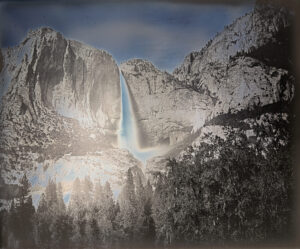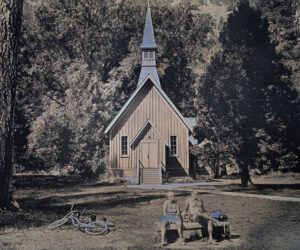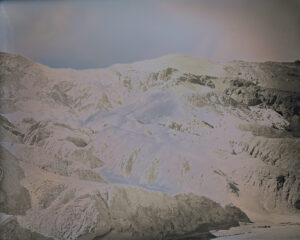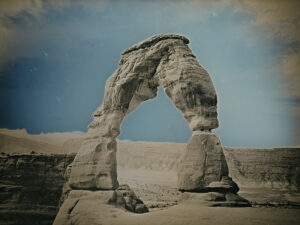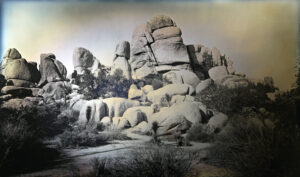“The landscape is what defines me. Whether in unfamiliar terrain or familiar ground, I find myself in constant dialogue with my past, present, and future selves. When I think about the land, I think about those who stood here before me. Whoever they were, I hope history has preserved their presence—etched into the landscape—for us to study, remember, and reflect upon.”
—Binh Danh, excerpt from Reflections in a Mirrored Eye
The Luminescence of Memory features a selection of daguerreotypes created by Binh Danh at U.S. National Parks such as Death Valley, Joshua Tree, and Yosemite. These luminous, silvery images are rooted in the visual legacy of Ansel Adams and Carleton Watkins, whose work helped define the awe-inspiring grandeur of the American landscape. Yet Danh moves beyond this historical foundation, weaving into the frame his own layered narrative of memory, migration, and identity.
In doing so, he invokes his family’s journey to the United States as refugees of the Vietnam War and the complex process of assimilation that followed—an experience shared by countless others who have sought new lives on this land. His images don’t merely capture scenery; they meditate on the fraught and often violent histories embedded within these places, including the forced displacement of Indigenous communities to make way for the establishment of the National Parks.
Danh draws on a powerful observation by environmentalist Carl Pope in Ken Burns’ PBS series The National Parks: America’s Best Idea:
“[The parks] are the meaning of home for many of us. They’re what it means to be an American and to inhabit this continent. It’s the end of the immigrant experience. And they’re what takes you and says, ‘Now, I am an American.’”
In this spirit, Danh’s daguerreotypes become a kind of personal pilgrimage—a reimagined expedition into the American outdoors. The solarized skies and glinting surfaces seem to shimmer with a ghostly presence, as if time itself is held in suspension. These images don’t just offer views of majestic landscapes; they invite viewers into a contemplative space where memory, identity, and belonging converge.
– Rose Gallery
2012 to ongoing, unique daguerreotypes in plate sizes: full, 8×10, 8×15, 10×12, 12×20 inches
